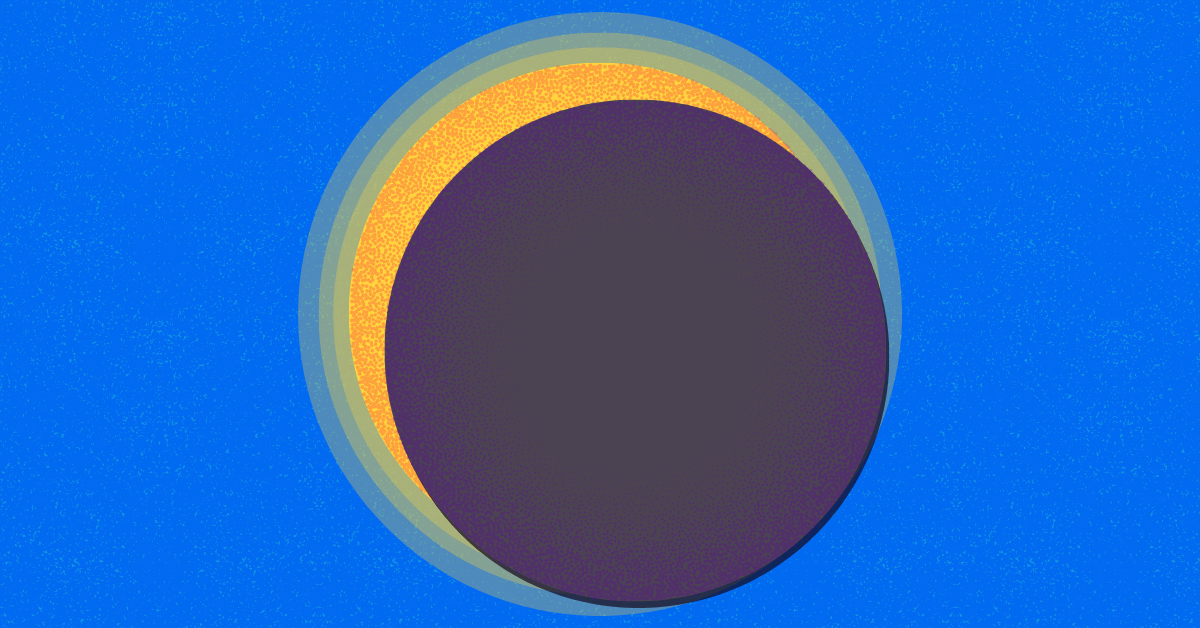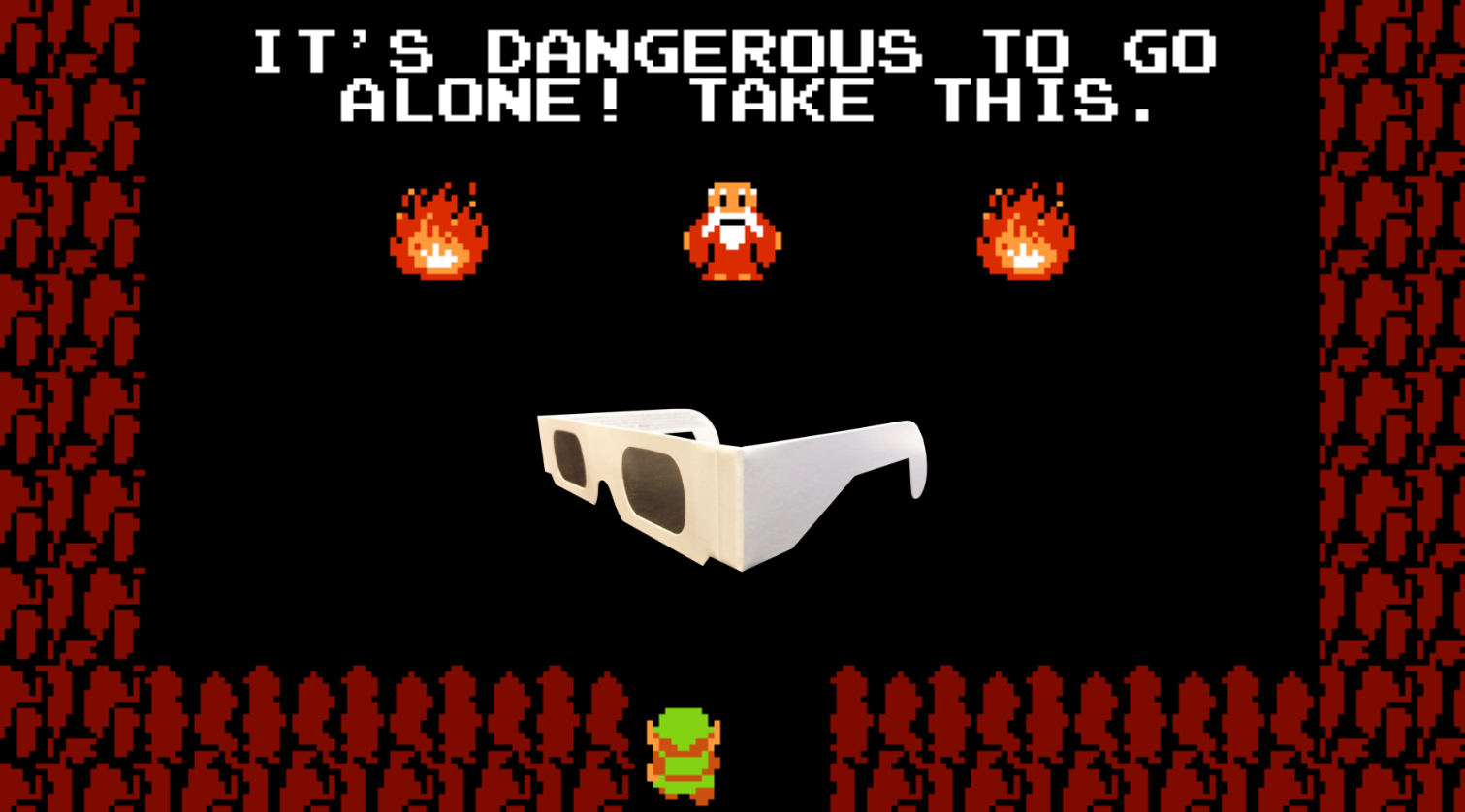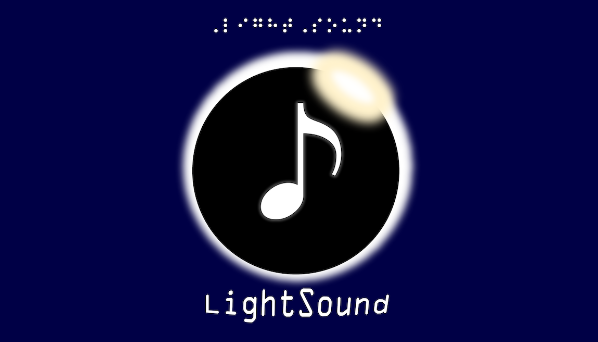Experience the April 8th Total Eclipse
The start time, duration and percent coverage during the April 8th Eclipse will vary by location. Be sure to check when the Eclipse will happen in your area.


The only time it is safe to look at the Sun without eye protection is at 100 % Totality. Partial eclipses are not safe to look at without protection
If you want to directly look at the Solar Eclipse, you must use Solar Eclipse Glasses/Viewers or Solar Filter Material over the end of cameras and telescopes. (NEVER use a solar filter on the eyepiece of a camera or telescope to view an eclipse. Sunlight must be filtered before it enters the inner workings of your camera/telescope.)
Official Eclipse Glasses and Viewers are made of Solar Filter Material that is ISO Certified to international safety standards 12312-2:2015. They are designed to block out 99.9% of light, making them safe for looking at the Sun.
Be sure to purchase Eclipse Glasses and Viewers from reputable sources. During the 2017 Solar Eclipse, many counterfeit eclipse glasses were available for purchase on Amazon before they were pulled from the website.
Inspect glasses before each use. Do not use it if there are scratches or punctures.
Don’t use it while driving, walking, or moving around. You really can’t see a thing with these on.
Learn more with the Dunlap Institute’s YouTube video about eclipse safety with Professor Ralph Chou from the University of Toronto.
If you do not have eclipse glasses or viewers to observe the Solar Eclipse, you can still enjoy it by watching it indirectly by projecting an image of the Sun.
One way to observe an eclipse without looking directly at the Sun is to project it. You can either build a pinhole projector. the Canadian Space Agency has some instructions.
Or you can simply punch a hole into a sheet of paper and hold it over the ground to project the Sun and watch how its shape changes throughout the eclipse. Even more simply, you can project the eclipse through the holes of any kitchen tools like colladers, potato mashers or spatulas with holes in them.
We saw on a rock underneath a fir tree,
Dozens of crescents—made the same way—
Thousands! Even our straw hats produced
A few as we moved them over the bare granite.
We shared chocolate, and one man from Maine
Told a joke. Suns were everywhere—at our feet.
As an alternative to a pinhole projector, take a look around at the way light and shadows change during an eclipse. This image by the Harris County Public Library in Texas depicts how tiny gaps in leaves projected the crescent of the Sun during the 2017 solar eclipse. You can even project the eclipse through your interlaced fingers.
Check out this link to learn about why this happens.
If you experience visual impairment, you can still experience the eclipse in other ways.
A 1935 study documented changes in animal behaviour and the sound landscape during the August 1932 solar eclipse. NASA’s leading a citizen science project to recreate this study called the Eclipse Soundscapes Project. Even if you do not choose to participate in the project you may be able to observe changes in the soundscape around you as animals and humans respond to the changes in light and temperature during the eclipse.
Based out of Harvard University’s Astronomy Lab and Clay Telescope, the open-source LightSound project has been developing an eclipse sonification tool since 2017. Sonification is converting one kind of input into a sound output (in the form of different musical tones). A LightSound device converts light intensity into pitch and timbre. As the Sun is blocked by the Moon, the LightSounds changes the sounds it makes.
This open-source project can be built by anyone, and the developers have instructions in English, Spanish and French. You may also request a pre-built LightSound device through their website.


